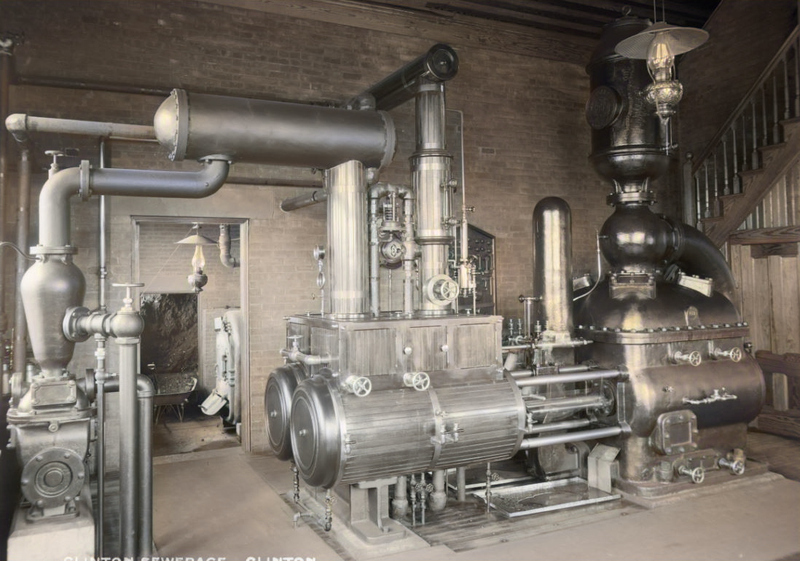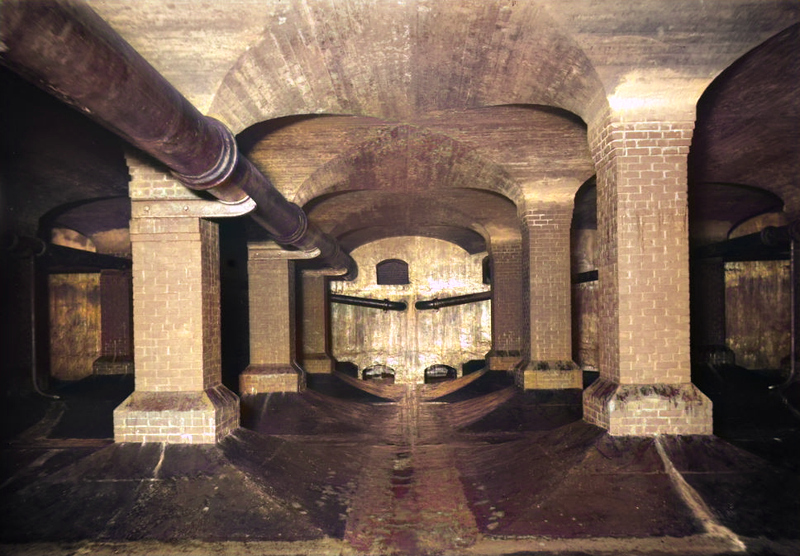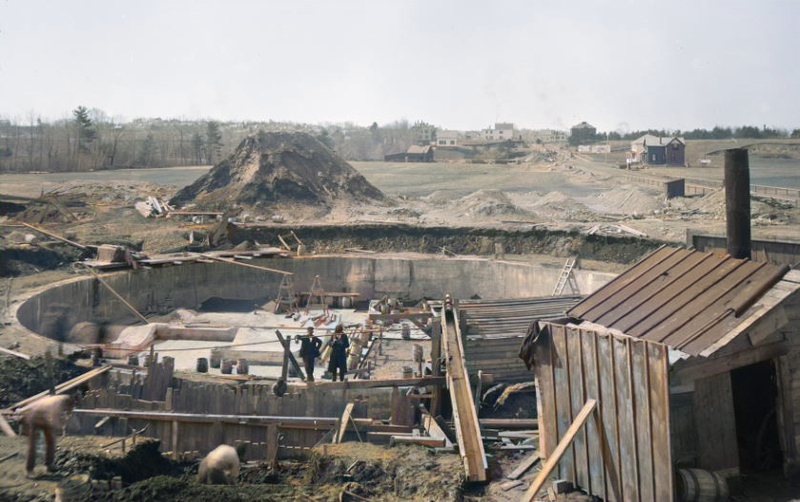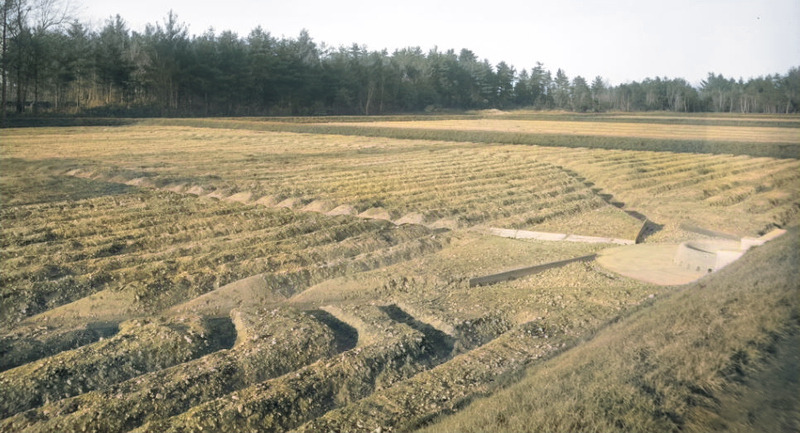Wachusett Dam & Reservoir
beforetherewasadam.com
The Clinton Sewerage Treatment Plant
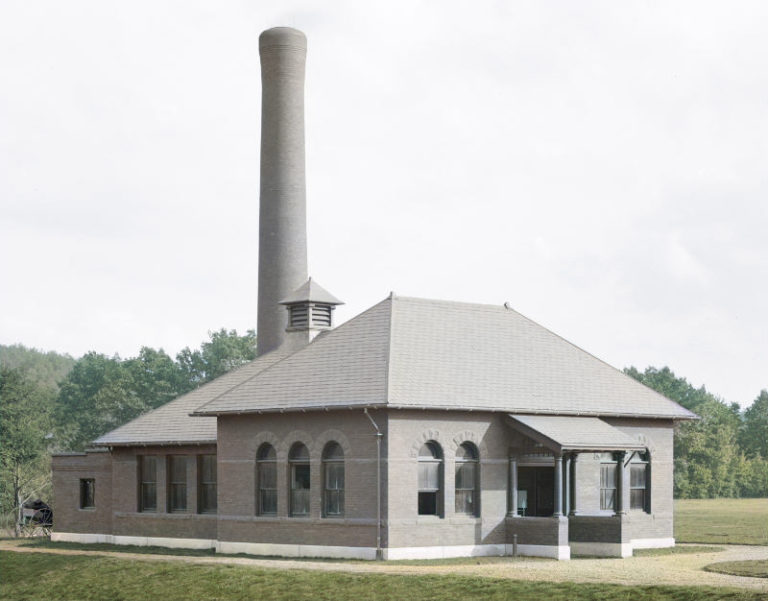
The often overlooked story of the Wachusett Dam & Reservoir Project is the great benefit the town of Clinton received as a result of the taking of the waters of the Nashua River.
Until that time the growing town had no sewerage treatment facility and drained its sewage directly into the Nashua River. Before too much longer the waste it generated would overwhelm the river’s capacity to absorb it and downstream communities would feel the effects of this situation sharply.
The diversion of so much of the river water to Boston brought the entire question to a critical stage. Additional legislation was passed that would provide the town with a much needed treatment facility with increased capacity that would last for years ahead while reducing the potential pollution of the river.
The Metropolitan Water Board would pay, from its project funds, the whole costs of constructing the plant and operating it for some decades before transferring it to the town.
The plant consisted of a long pipe which would intercept the town’s sewage before it entered the river and conduct it to a large concrete basin and pumping station off High Street near the town line. From there it would be pumped to 23 acres of flat filter beds about a mile away in Lancaster where the liquid portion, somewhat cleansed, would seep back into the river.
Local farmers vied for the remaining solids, periodically cleaned from the beds, for their fields.
Replaced since that time by a more modern facility, the original pump house still stands behind a fence close by north High Street.
Here is its story.
Thanks,
Paul
